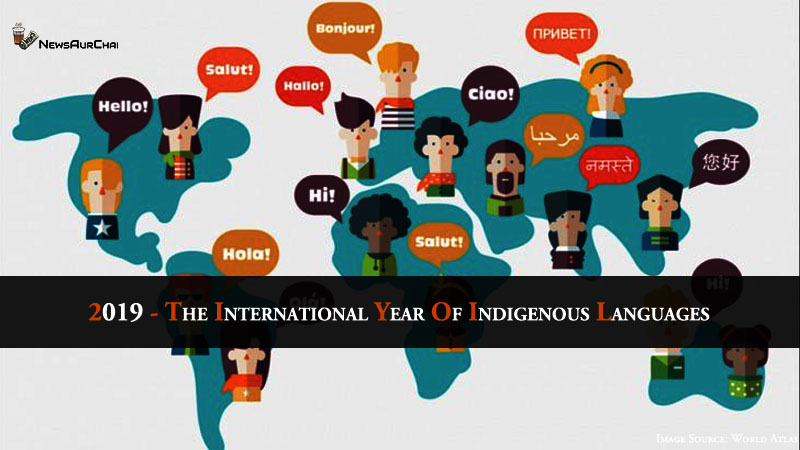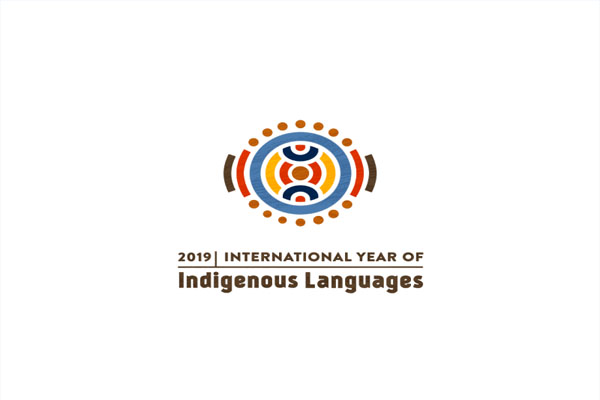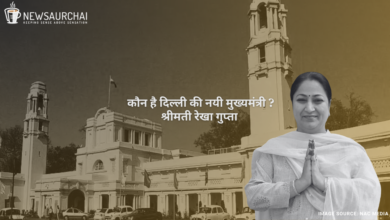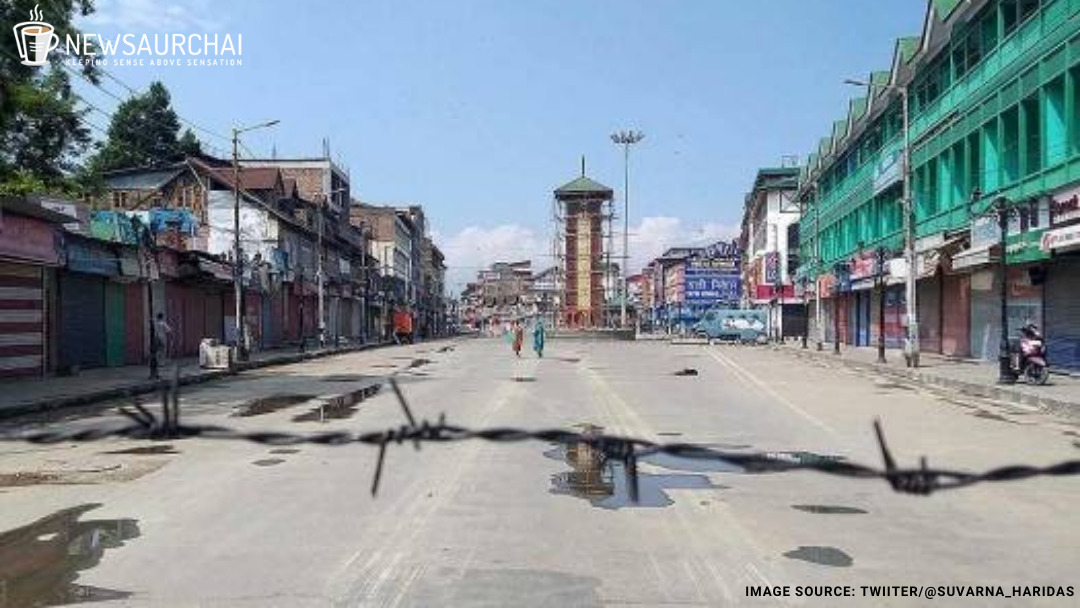
Language is one of the factors which keeps us diverse and also places a crucial role in everyday life. Apart from being a medium for communication or education, it defines our identity, uniqueness, tradition and much more. The contribution these languages make to our worlds rich cultural diversity is very notable.
Which are the most linguistically diverse country?
Most of the countries have one or two main languages besides other regional minority languages. But there are some countries where the variation in languages is incredible.
The country with the most number of languages spoken is in Pacific island. The Nation of Papua New Guinea has the highest number of ‘living’ indigenous languages in the world at least 840. Indonesia stood second, with 710 which is followed by Nigeria, having 524 living languages. India stands fourth in position with 453 indigenous languages.
Indigenous Language statistics:
According to Ethnologue, a directory of languages records 7,111 living languages worldwide. The majority of these has been created and is spoken by indigenous peoples. Chinese, Spanish, English, Hindi and Arabic are widely spoken when considering only first-languages. About 40% of the worldwide population speaks these five languages.
Out of the estimated 6,700 languages spoken, 40% are disappearing as per 2016, UN’s Permanent Forum on Indigenous Issues. English-speaking nations such as the U.S. (335) and Australia (319) are among the countries where the highest number of languages are spoken. The main reason is the decline of small and rapid indigenous language – speaking population. Among regions, Asia and Africa account to have the highest number of indigenous languages (over 70% of the total).
As per records around 3,741 languages have less than 1,000 speakers. There are individual languages which have several languages under them. However, only a small percentage of the population uses this for communication.
According to UNESCO’s ‘Atlas of the World’s Languages in Danger’. Since 1950, 228 languages have become extinct. About 10% of the languages are classified ‘vulnerable’, while another 10% are ‘critically endangered’.
Indian Languages:
As per Ethnologue, India’s principal languages are Hindi and English. Most of the languages spoken in India are derivatives from other parts of Asia. For example, the Sino-Tibetan languages are spoken across Northeast India, China, Bhutan, Nepal and other South-East Asian countries. Andamanese language family is the one which is limited to India.
Since 1950, five languages of India have become extinct, while 42 are endangered.
Keeping all this in mind, the United Nations declared 2019 as “The Year of Indigenous Languages (IYIL2019)”.

Brief about The Year of Indigenous Languages (IYIL2019)
Language speaks a lot about an individual. A person’s right to use his/her chosen language is an essential part of his freedom of thought, expression, access to education, building inclusive societies, and other values.
The declining rate of these languages is startling. The communities speaking them faces various issues, such as:
- Assimilation
- Enforced relocation
- Educational disadvantage
- Poverty
- Illiteracy
What do we lose when these languages die?
To be specific, we will lose a complex system of knowledge and our precious culture treasure, created by these languages over the years. We would be deprived of the rich diversity they add to our world and the ecological, economic and socio-cultural contribution they make. Most importantly, it will harm the indigenous culture we withhold.
Aims and Measures
The main motto of IYIL2019 is to create awareness and also to make people appreciate the importance of language in our lives. Apart from this, it also promotes to encourage urgent action to preserve, revitalise and promote them.
The IYIL2019 aims to promote native tongues in five key areas, including “Creating a favourable condition for knowledge- sharing and propagation of good practice with regards to indigenous languages.”





